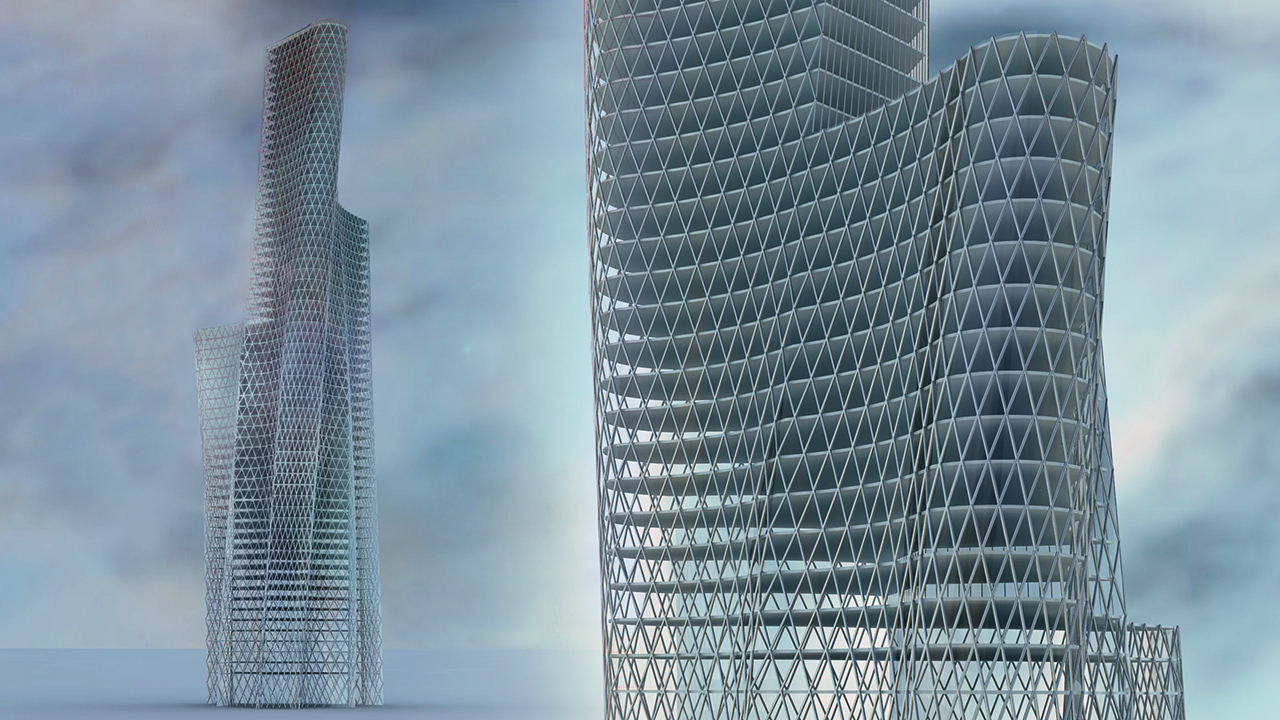With an emphasis on the fundamental approach, the course offers an in-depth study and design of high-rise buildings. Project management civil engineering aid in comprehension, manual computation will be explained from the beginning of the seminar. Computer methods will be added as a way of verification and implementation. A few cutting-edge approaches are emphasized, including the two-cycle moment distribution, the notion of virtual displacement (with a shortcut), the stability index, and the FC method. Participants would undoubtedly have an eye-opening lesson on high-rise construction essentials from the viewpoints of consulting engineers.
What Will Be Covered in the Course?
The following is a list of possible subjects that will be discussed in class.
- What exactly is a “Tall Building”?
- Layout and format for structural drawings
- Geological Reports
- Design Loads – Load Standard ASCE 7
- Systematic Foundations
- System Floor
- Systems that Resist Lateral Load
- Techniques for Structural Analysis
- Making Plans for Wind Loads
- Reports on wind tunnels
- Second-order effects and Stability
- Creating Sway & Perceiving Motion
- Plaster and Facades
- Separate Column Shortening
- Levelness and Floor Flatness
- Cost and advantages of construction materials
Who needs to enroll in the course?
Students who wish to study tall building design or become practicing engineers for the construction of tall structures might consider enrolling in this course. A graduate degree or continuing education credit through FIU could be obtained by taking the class. The following details are for different groups to sign up for the class. Please use the provided link to see the comprehensive details about the registration process for each option.
- FIU’s graduate program students sign up for the course to earn credits toward their MS or Ph.D. degrees.
- Graduate students who are not affiliated with FIU but wish to enroll in the course to receive credit at another university.
- Engineers who wish to participate in the course receive continuing education credit without a grade.
What will you explore?
Civil engineers have prospects internationally in the high-rise building business. Different midrise to high-rise buildings is being designed by civil and structural engineers utilizing various programs for clients in India and abroad. ETAB, RCDC, EXCEL, SAFE, and AUTOCAD are the most widely used building analysis and design software programs. Civil engineers can receive online training in software, fundamental ideas, and real-world projects related to the high-rise building industry.
Why should you sign up for this class?
Practical expertise is becoming increasingly vital as job requirements change.
Many graduates find jobless after graduation, and their parents accuse them of being incompetent.
To be employable in the modern industry, you need to gain experience in real-world tasks.
So, with a 100% job guarantee, we offer a practical 6-month master’s degree in civil engineering.
Conclusion
Choosing a high-rise building design and analysis program aids in your ability to analyze, appraise, and judge the various maintenance and construction factors. Aspirants learn about new approaches to advance in their professions as civil engineers, and it helps them comprehend the essential tools needed to construct a high-rise skyscraper. The appropriate programs are developed for planning building sites, and aid students learn new ideas and important training components. Learners are aware of the theoretical underpinnings of their chosen fields of study and the best methods for achieving success in those fields. Because of this, students who attend the best training sessions comprehend the pertinent goods, equipment, and procedures employed by the best business experts.








